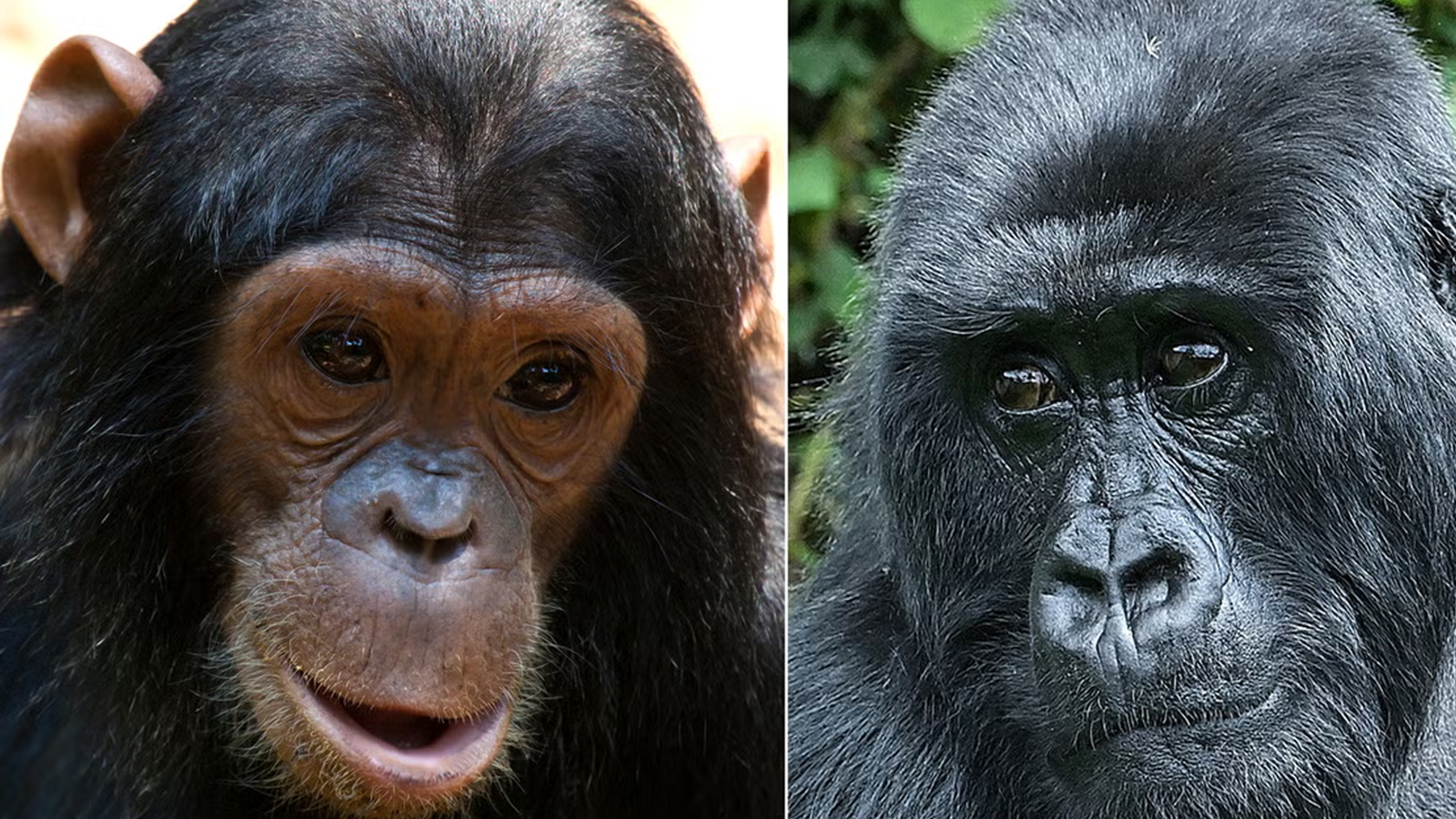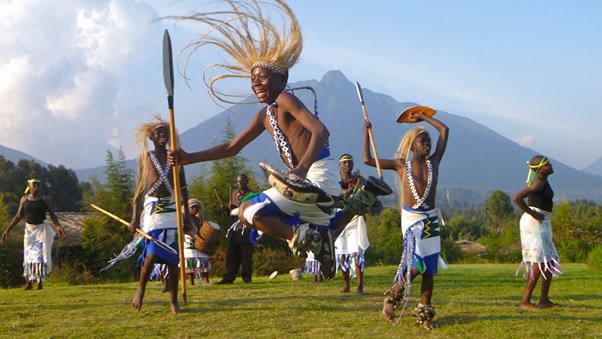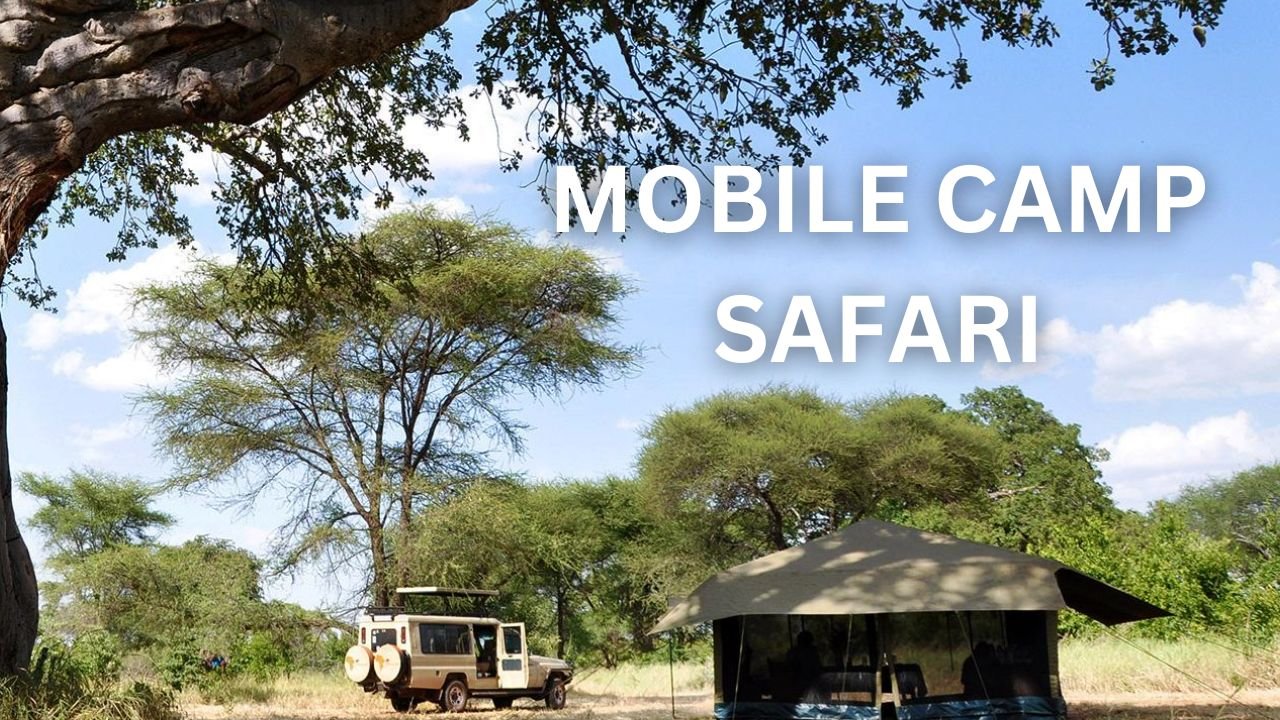All About Mountain Gorillas in Bwindi national park
Mountain Gorillas (Gorilla beringei beringei) are one of the two subspecies of eastern gorillas and are critically endangered. The Bwindi Impenetrable National Park, located in southwestern Uganda, is one of the few places in the world where these magnificent creatures can be found. Here’s all you need to know about Mountain Gorillas in Bwindi National Park:
Habitat of Mountain Gorillas:
Mountain Gorillas inhabit montane and bamboo forests at high elevations, typically ranging from 2,200 to 4,300 meters (7,200 to 14,100 feet) above sea level. These gorillas are adapted to living in mountainous terrain, hence their name. They are specifically found in the Albertine Rift montane cloud forests, which are characterized by dense vegetation, steep slopes, and cool temperatures. The Bwindi Impenetrable National Park in southwestern Uganda is one of the key habitats for Mountain Gorillas. The park’s dense forest and rugged landscape provide an ideal environment for these animals. The thick vegetation offers them protection and ample food resources, and the altitude ensures a relatively cooler climate, which suits their needs. Mountain Gorillas are primarily herbivorous, and their diet consists mainly of plant material, including leaves, shoots, stems, fruits, and flowers. Bwindi’s diverse flora provides them with a rich and varied diet. The impenetrable nature of the forest, as the park’s name suggests, can make access challenging for researchers and tourists alike. However, this challenging terrain has also contributed to the gorillas’ protection, as it discourages human encroachment and illegal activities. Overall, the montane and bamboo forests of Bwindi National Park provide an essential and unique habitat for Mountain Gorillas, ensuring their survival and contributing to their conservation efforts.Population:
Bwindi National Park is home to approximately half of the world’s remaining Mountain Gorilla population. The exact numbers vary, but as of my last update in September 2021, there were around 400 Mountain Gorillas living in this park.Conservation Status: All About Mountain Gorillas in Bwindi national park
The conservation status of the Mountain Gorilla (Gorilla beringei beringei) is classified as critically endangered by the International Union for Conservation of Nature (IUCN). This designation means that the species faces an extremely high risk of extinction in the wild. As of September 2021, the total population of Mountain Gorillas worldwide was estimated to be around 1,063 individuals. This small population size makes them highly vulnerable to various threats. The main factors contributing to the critically endangered status of Mountain Gorillas include:- Habitat Loss: Deforestation and human encroachment into their natural habitats are significant threats to Mountain Gorillas. As human populations expand, more land is cleared for agriculture, settlements, and other activities, leading to the loss and fragmentation of their forest habitat.
- Poaching and Illegal Wildlife Trade: Mountain Gorillas have been hunted and killed for their body parts and infants, which are sometimes captured for the illegal pet trade or entertainment purposes.
- Disease Transmission: Mountain Gorillas are susceptible to various diseases, and their close genetic relationship to humans makes them vulnerable to infections carried by people who come into contact with them.
- Civil Unrest and Armed Conflicts: The regions where Mountain Gorillas are found have experienced periods of civil unrest and armed conflicts, leading to direct threats to the gorillas and disruptions in conservation efforts.
- Composition: A typical gorilla family is led by a dominant adult male called the silver back. The silver back is usually the largest and oldest male in the group, recognized by the silver-coloured hair on his back that develops with age. He is the leader and protector of the family.
- Females: Gorilla families also include several adult females, called adult females or adult gorillas. These females are usually related to the silver back, either as his daughters or sisters. They play essential roles in nurturing the young gorillas and contributing to the cohesion of the family.
- Offspring: Gorilla families consist of offspring, which are the young gorillas born to the adult females in the group. These young gorillas form the future of the family and the population.
- Family Size: The size of a gorilla family can vary but typically ranges from 5 to 30 individuals. However, some exceptionally large families have been observed in the wild.
- Stability: Gorilla families are relatively stable, and members tend to stay together for extended periods. The silver back plays a crucial role in maintaining harmony within the family, resolving conflicts, and protecting the group from external threats.
- Territory: Each gorilla family has its territory within their home range. The size of the home range can vary depending on factors such as food availability and the density of gorilla populations in the area.
- Communication: Gorillas use a variety of vocalizations, body language, and gestures to communicate within their family. The silver back’s vocalizations, such as chest-beating and grunts, are essential for asserting dominance and maintaining group cohesion.
- Group Dynamics: While the silverback is the dominant figure in the family, he may tolerate the presence of subordinate males or younger males until they reach sexual maturity. At that point, they typically leave their natal group to form or join another family or live independently until they can attract females and establish their own families.


